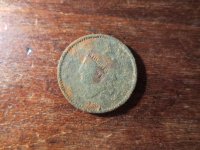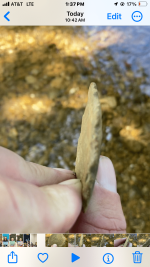DougRecovery
Jr. Member
- Mar 21, 2006
- 33
- 0
OK,
who knows anything about the Aerial deep scan programme being used for locating ship wrecks i have on good authority that it is used but i know little about it. actually thats a lie i know nothing about it.
who knows anything about the Aerial deep scan programme being used for locating ship wrecks i have on good authority that it is used but i know little about it. actually thats a lie i know nothing about it.





